Your Recycling Guide to New York City: A Sustainable Urban Revolution
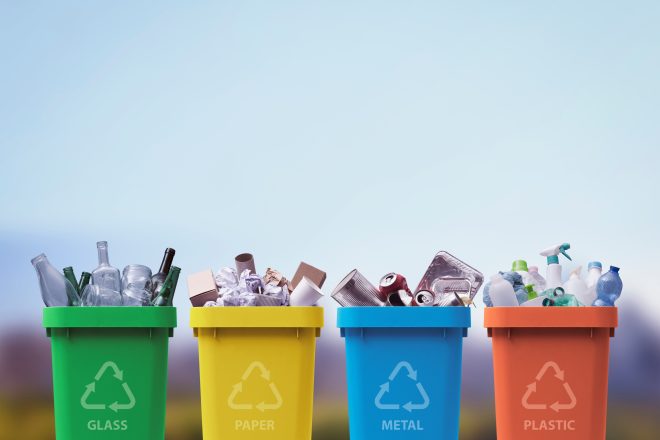
Why do you need an urban recycling guide? Recycling is a critical component of any modern city’s sustainability efforts, and New York City, the epitome of urban life, has embraced this concept with fervor. With its towering skyscrapers, bustling streets, and diverse population, New York City faces unique challenges and opportunities in its quest for a greener, more sustainable future. This essay explores the history, current state, challenges, and future prospects of recycling in New York City, highlighting its significant role in promoting environmental stewardship and combating climate change.
Table of Contents
Recycling Guide for NYC: A Historical Perspective
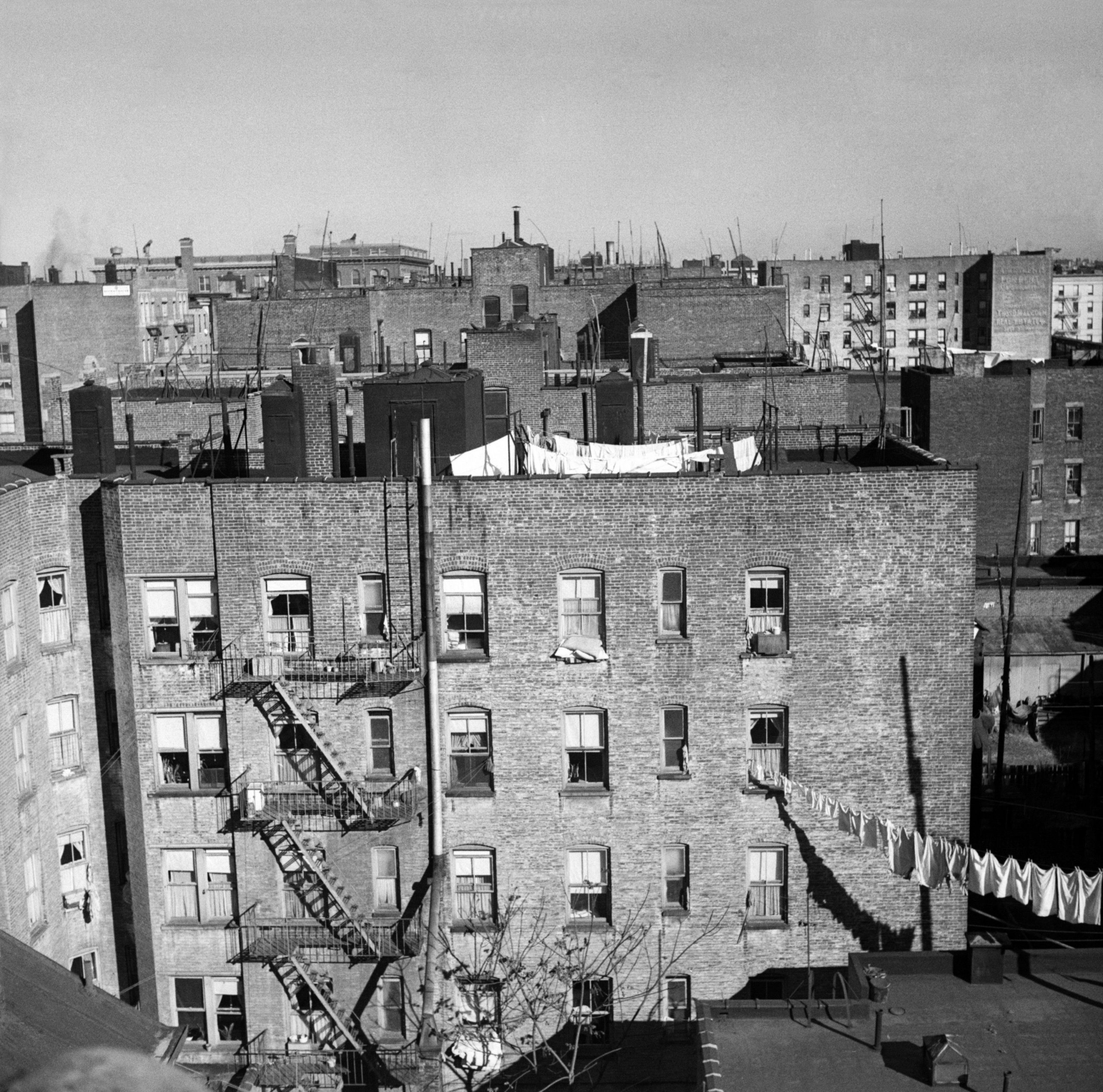
The roots of recycling in New York City can be traced back to the late 19th century when the city began grappling with the immense challenges posed by its ever-growing waste. As the city’s population surged, so did its waste production, leading to sanitation and environmental problems. Early recycling efforts were modest and focused on materials like rags, paper, and metals, driven largely by economic incentives rather than environmental concerns.
The modern recycling movement in New York City gained momentum in the 1960s and 1970s, coinciding with the broader environmental awakening sweeping the nation. Initiatives such as Earth Day in 1970 and the creation of the Environmental Protection Agency (EPA) spurred greater environmental consciousness. It was during this period that New York City established its first comprehensive recycling program, which primarily targeted paper and cardboard.
The 1990s witnessed a significant expansion of recycling efforts in the city. Mayor David Dinkins implemented a pilot curbside recycling program in 1990, which marked a pivotal moment in the city’s recycling history. The program was initially met with resistance, but it eventually gained acceptance as New Yorkers recognized its importance in reducing waste and conserving resources.
The Rules: The Current State of Recycling in NYC
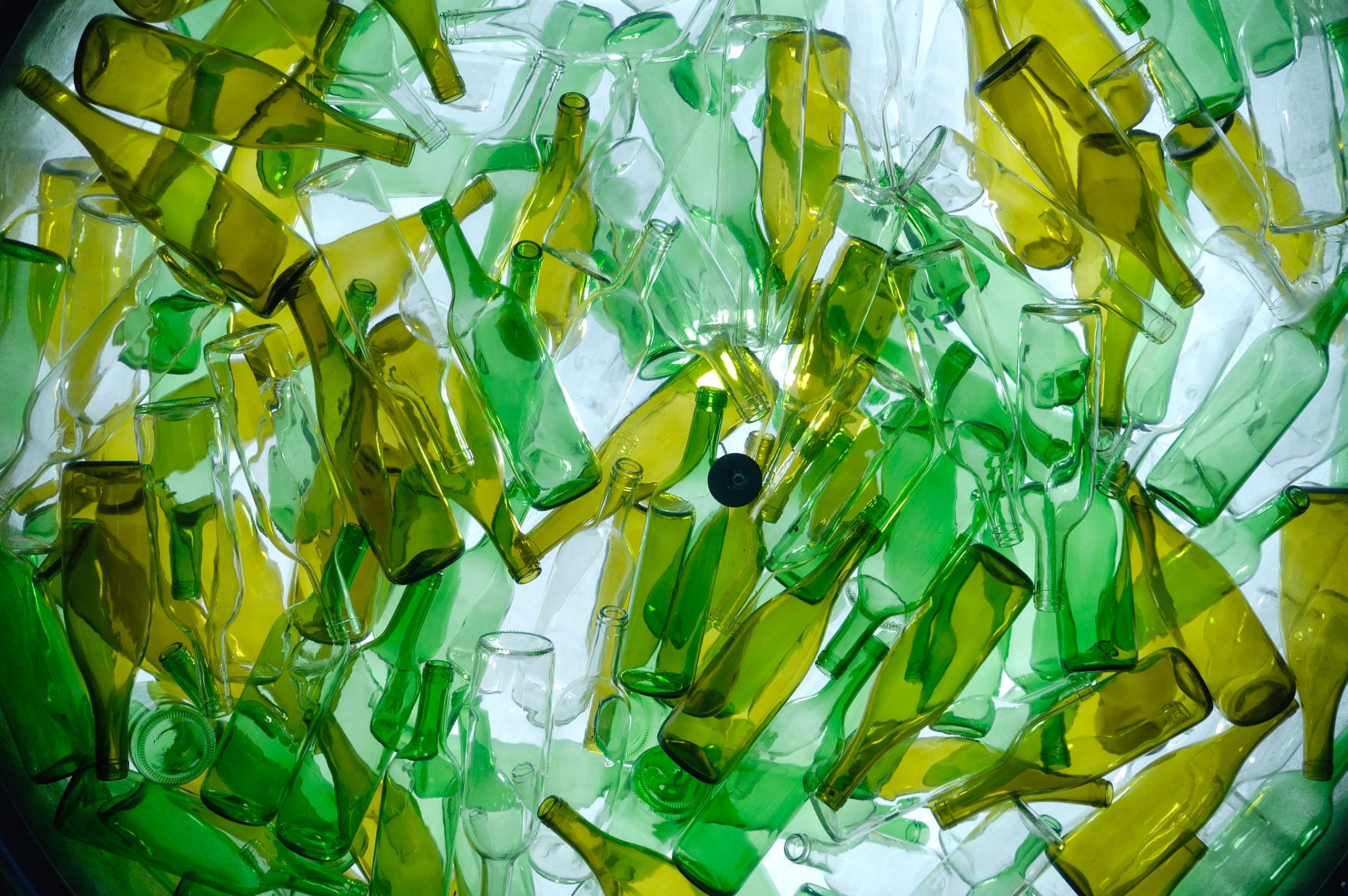
Today, recycling in New York City is a well-established and essential part of the city’s waste management system. The city’s Department of Sanitation (DSNY) oversees recycling operations and works in collaboration with various stakeholders to ensure the success of recycling programs. Here is a recycling guide overview for the key aspects in NYC:
Materials Collected
The city collects a wide range of recyclable materials, including paper, cardboard, metal, glass, and certain plastics. These materials are collected separately from regular household waste and processed at recycling facilities. More information on recyclable materials can be found at nyc.gov.
Curbside Recycling
New York City has a curbside recycling program that covers all residential buildings with up to nine units. Residents are provided with designated bins for recyclables, making it convenient for them to participate in recycling.
Drop-Off Locations
In addition to curbside recycling, the city offers drop-off locations where residents can bring their recyclables. This includes materials like electronics, textiles, and hazardous waste that cannot be placed in regular recycling bins.
Commercial Recycling
NYC has also implemented recycling programs for businesses and institutions to encourage responsible waste management in non-residential settings. It’s important to note that commercial businesses are required to dispose of all of their waste, including recycling, via a private carter.
Recycling Education
The city conducts educational initiatives and outreach programs to raise awareness about recycling and help residents understand the importance of proper recycling practices. In addition to the city-wide initiatives, New York State has implemented New York Recycles! Day, which occurs every November 15th. The event is part of a national campaign, America Recycles, and aims to encourage schools, businesses, and others to participate in events featuring waste reduction, recycling, and composting.
Mistakes, Challenges, and Obstacles
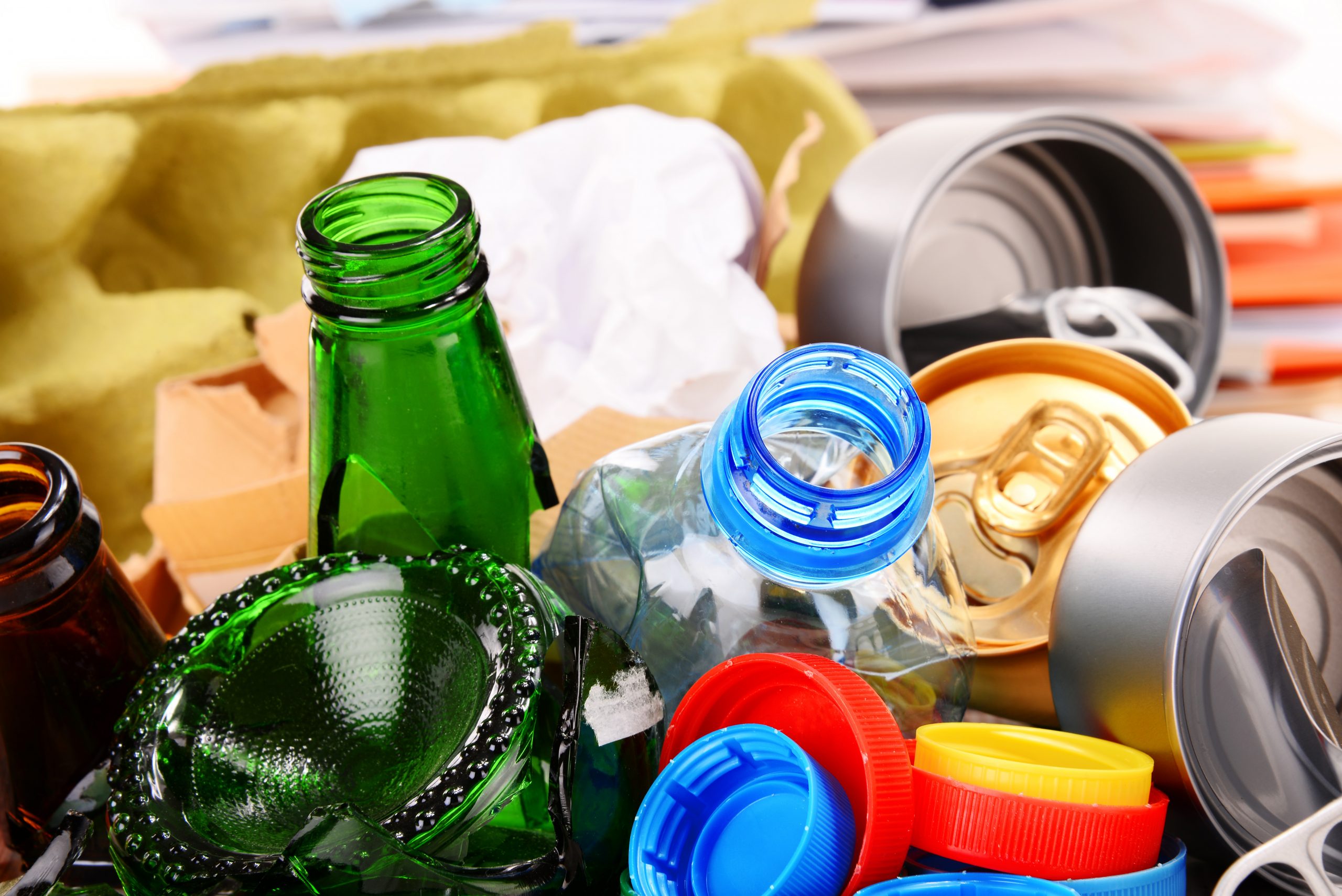
Contamination
Contamination of recyclables with non-recyclable materials remains a persistent issue. When residents place non-recyclables in recycling bins, it can compromise the quality of the materials collected and make recycling less effective.
Apartment Buildings
Recycling in apartment buildings with ten or more units can be challenging due to limited space for bins and logistics issues. Ensuring that recycling is accessible to all residents, regardless of their housing type, is an ongoing challenge.
Costs
The cost of collecting, processing, and transporting recyclables can be high. This has led to debates about the economic viability of recycling programs, especially during times of tight budgets.
Market Fluctuations
The recycling industry is influenced by global market conditions. Changes in the demand for recyclable materials, especially in overseas markets, can impact the city’s recycling efforts.
Lack of Public Awareness
Despite educational efforts, some New Yorkers may still lack awareness of recycling rules and practices, leading to improper disposal.
The Controversy
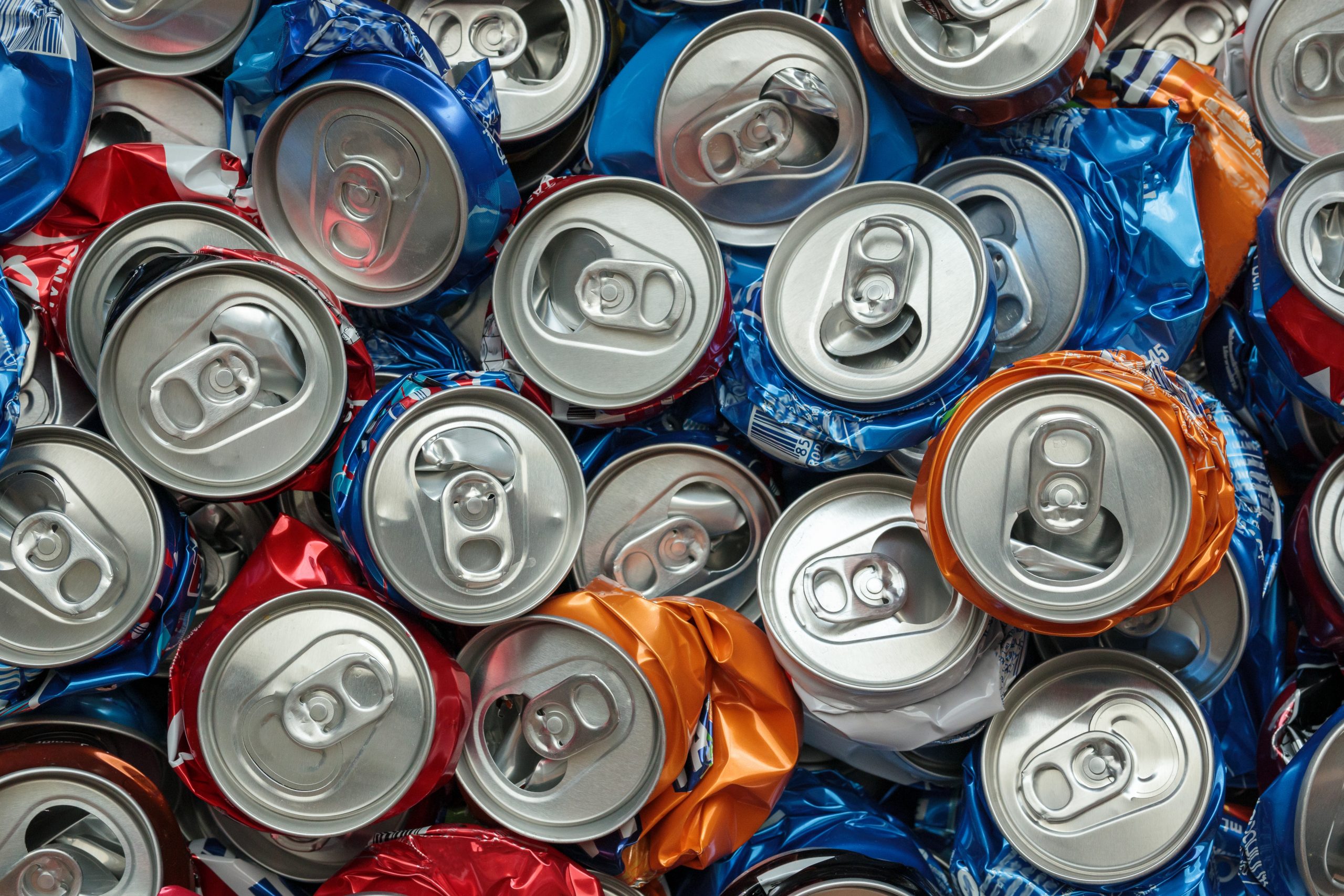
The City has seen its fair share of controversies surrounding its recycling programs. From suspicions that items aren’t truly being recycled, to lack of clarity around the city’s recycling guide, to former Mayor Michael Bloomberg proposing a temporary suspension on the city’s recycling program back in 2002, NYC’s recycling initiative has been met with skepticism from all fronts over the years. In addition, there are some critics of recycling who believe that the environmental impact of the process of recycling materials and making new goods is in fact creating more harm than good, essentially negating the efforts all together.
Proposed Improvements
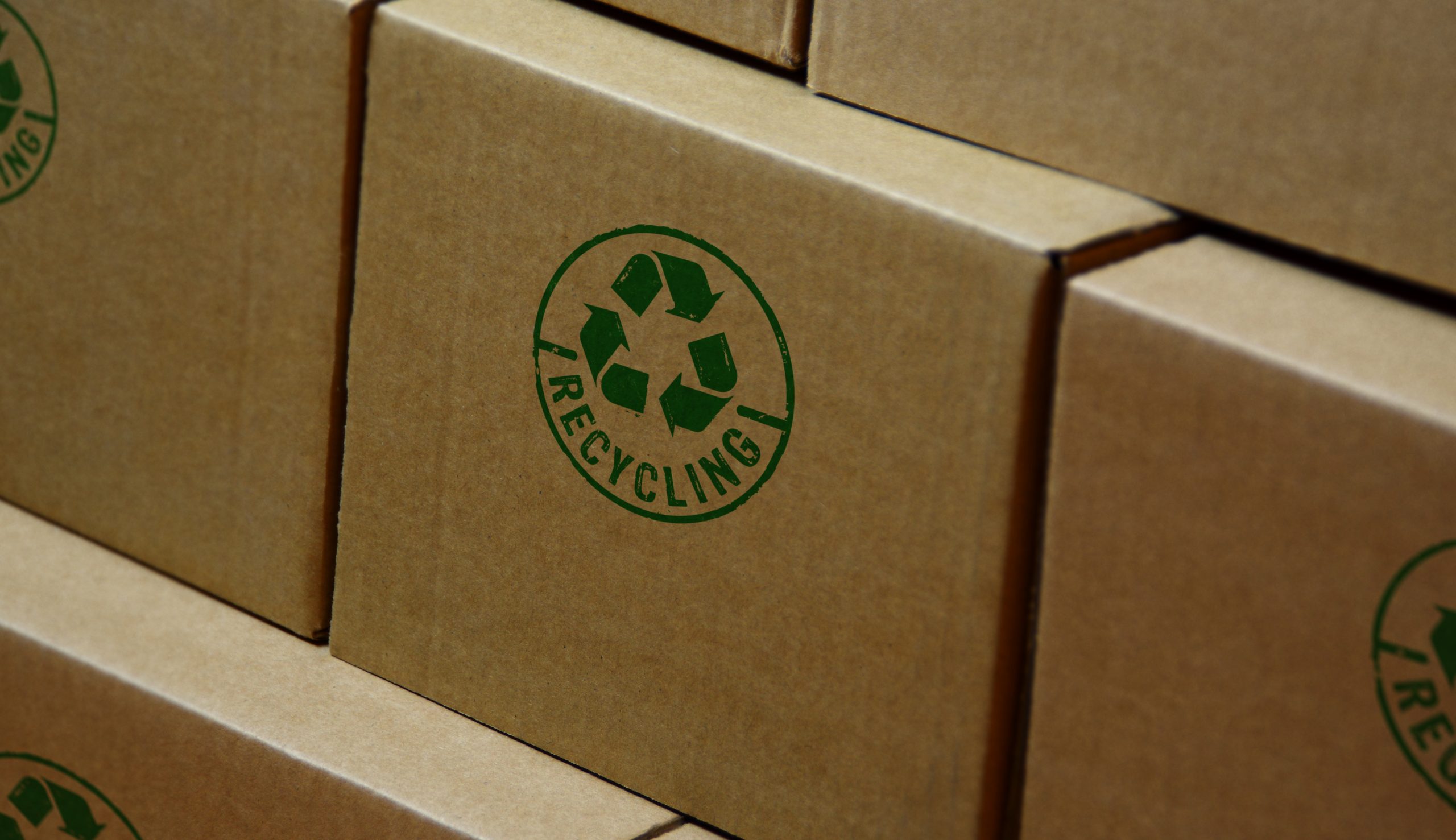
New York City has long been a global leader in numerous aspects, but when it comes to recycling, there’s room for improvement. According to Grow NYC, residents of the five boroughs currently recycle only about 17% of their total waste. In recent years, the city has recognized the need to enhance its recycling program to align with modern sustainability goals. Proposed improvements in New York City’s recycling program aim to make it more efficient, accessible, and environmentally friendly. These changes reflect the city’s commitment to reducing waste and its carbon footprint while engaging its diverse population in sustainable practices.
Streamlined Collection and Sorting
To make recycling easier for residents and more efficient for the city, New York plans to streamline collection and sorting processes. This includes expanding the deployment of dual-stream recycling trucks that separate paper and cardboard from other recyclables at the source. This simplification will reduce contamination and enhance the value of collected materials.
Improved Education and Outreach
An essential aspect of an effective recycling program is educating residents via a recycling guide about what can and cannot be recycled. New York City aims to increase public awareness through enhanced education and outreach campaigns. These campaigns will utilize digital and traditional media, community events, and partnerships with schools to educate residents about proper recycling practices.
Expansion of Recycling Drop-Off Centers
To provide residents with more convenient recycling options, New York City plans to expand its network of recycling drop-off centers. These centers will be strategically located in neighborhoods that currently lack access to curbside recycling. This expansion will make recycling more accessible and reduce the need for long commutes to recycling facilities.
Mandatory Organics Recycling
To further reduce waste and promote sustainability, New York City is considering the introduction of mandatory organics recycling. This would require residents and businesses to separate food scraps and other organic materials from their regular waste stream. The collected organics could be used for composting or energy production, diverting significant waste from landfills.
Increased Recycling Infrastructure
Investing in recycling infrastructure is critical to improving New York City’s recycling program. The city plans to upgrade and expand its recycling facilities to handle increased capacity and process materials more efficiently. This investment will not only enhance recycling but also create jobs and boost the local economy.
Incentives for Recycling
To encourage recycling participation, New York City is exploring incentive programs. These may include cash rewards, discounts at local businesses, or reduced waste disposal fees for residents who consistently recycle. Incentives can motivate individuals and businesses to actively participate in recycling efforts. The U.S. Green Building Council established the LEED system nearly 30 years ago, in an effort to promote green building design and construction. The USGBC awards multiple levels of certifications and scores to buildings, ranking them according to the scope of their efforts to minimize their environmental impact, one element of the scoring system is the building’s recycling program.
Improved Data Monitoring and Analysis
Data plays a crucial role in tracking the success of recycling programs. New York City is planning to enhance its data monitoring and analysis capabilities to assess the effectiveness of its recycling initiatives. This data-driven approach will help identify areas for improvement and allocate resources more efficiently.
The Impact – The Importance of Recycling For A Sustainable Future

Recycling in New York City has evolved from modest beginnings to become a crucial component of the city’s sustainability efforts. While challenges persist, the city’s commitment to recycling and environmental stewardship remains steadfast. As New York City continues to grow and evolve, so too will its recycling programs, contributing to a greener and more sustainable urban future. By addressing challenges, embracing innovation, and engaging the community, New York City can continue to lead the way in urban recycling and inspire other cities to follow suit. Recycling in the city is not just a practical necessity; it’s a testament to the resilience and determination of one of the world’s greatest metropolises to build a more sustainable future for generations to come.
The proposed improvements to New York City’s program mentioned in this recycling guide reflect a commitment to environmental sustainability, waste reduction, and community engagement. These changes, which include streamlined collection, expanded education, improved infrastructure, and incentives, aim to make recycling easier and more accessible for all residents. By taking these steps, including introducing Local Law 97, New York City is not only contributing to a greener future but also setting an example for other urban centers around the world to follow.
- Categories:
